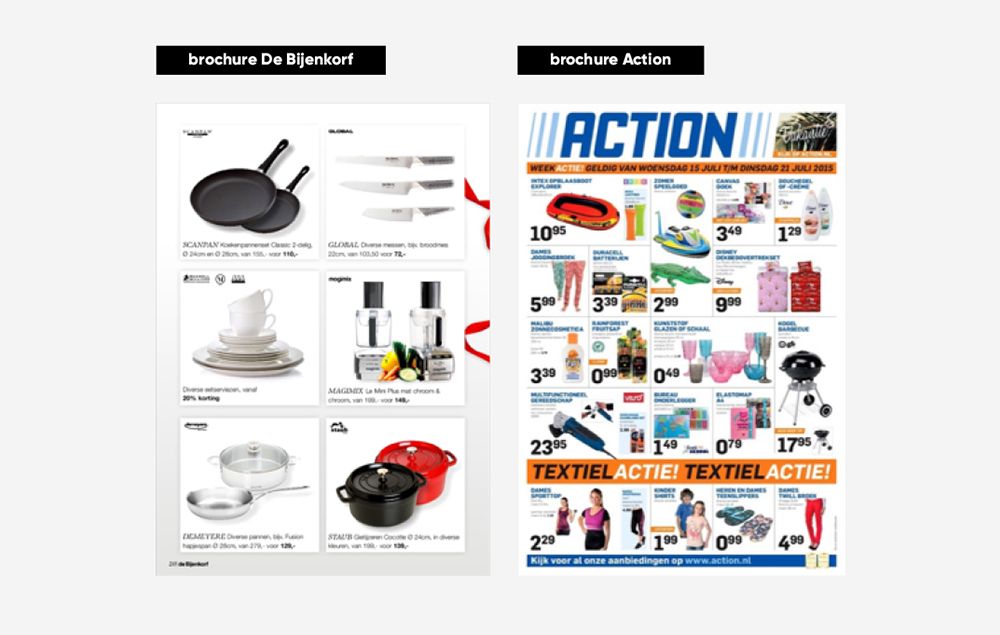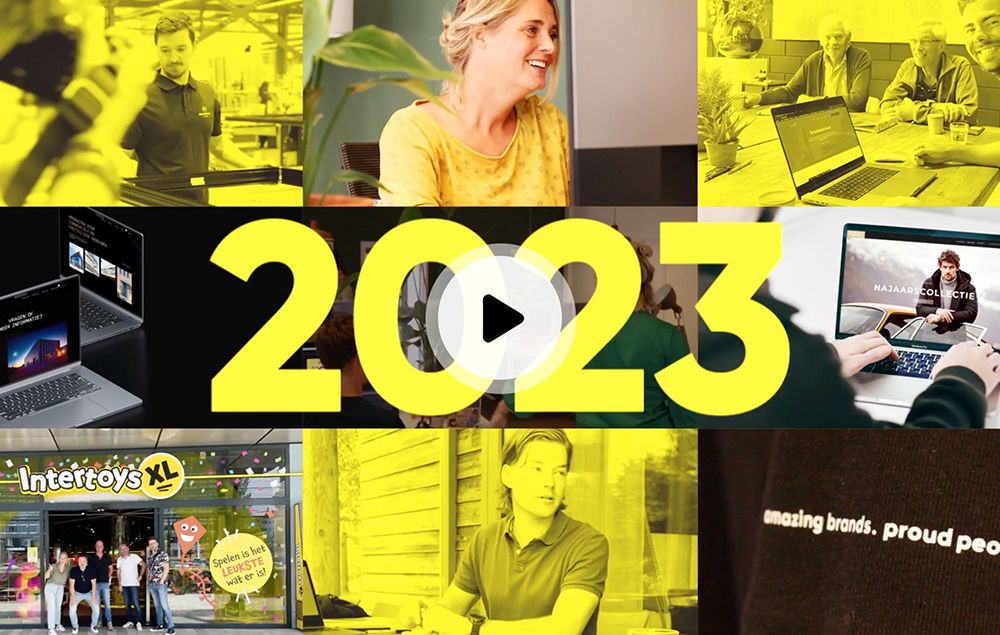The most important search engine is in your head
-
4 minutes
-
January 10, 2023
-
 Dennis Damen
Dennis Damen
When people want to make a purchase, they first search their memories for suitable brands. The brands that come to mind are the starting point of the purchase process. Search engines and other sources are usually consulted only when memory does not provide enough options. And even when buyers use search engines or other sources (such as asking family members) to research, brands they already know continue to have an advantage. Jon Lombardo & Peter Weinberg of the LinkedIn B2B Institute inspired me for this article and put it as follows: 'Brain Engine Optimization (BEO) is the new Search Engine Optimization (SEO).
mental keywords
The most successful brands are usually the ones that have the most customers and communicate with the most people in the market. These brands are the most 'mentally available' when a buying situation arises. They appear at the top of the search results when people enter a 'mental keyword' in their mind. By ensuring that your target audience associates the right mental keywords with your brand, you increase your mental market share and, as a result, the chance that they will buy your brand!

what are your 'Category Entry Points'?
All mental keywords, triggers, reasons, or occasions why someone considers buying your product or service are called Category Entry Points (CEPs). CEPs were developed by Jenni Romaniuk of the Ehrenberg-Bass Institute and are a valuable tool for establishing links between purchase decisions and the relevance of your brand.
Wanneer denk je aan Coca-Cola?
The article 'Growing Your Brand through CEPs' by SWOCC provides some examples of CEPs. From this article, I highlight two Coca-Cola examples:
- Potential buyer: "I'm thirsty." To quench your thirst, you might think of different brands, such as Pepsi and Coca-Cola. So, the CEP here is to quench your thirst.
- Potential buyer: "It's hot, and I'll have a Coca-Cola to cool down." So, the CEP here is when it's hot.

7 questions to determine your CEPs
You can identify all the CEPs relevant to your brand by researching your target audience and answering the following seven questions:
- When do people use your brand?
- Where do people use your brand?
- During what do people use your brand?
- With what do people use your brand?
- Why do people use your brand?
- How do people feel when using your brand?
- With whom or for whom do people use your brand?
get started with brain engine optimization
With Search Engine Optimization (SEO), you aim to choose the most valuable keywords. With Brain Engine Optimization (BEO), you aim to select the most valuable CEPs. Your brand may have around 50 different CEPs for a particular product or service, but they are not all equally valuable. Prioritize CEPs that are frequently used, easy to associate with your brand, and not yet associated with competitors.
Create a list of about 5 CEPs that are the most valuable, and focus on building your brand around them. The stronger the connection between your brand and a CEP, the sooner your brand comes to the minds of buyers and gets purchased.
grow your brand
The more people associate your brand with one or more CEPs, the better. Achieving high mental availability and many CEPs takes several years. Think of expanding the number of CEPs as Brain Engine Optimization (BEO) for the long term.
Do you want to grow your brand in the long term? Opt for Brain Engine Optimization (BEO) and ensure that your brand is mentally available. At Vandeez, we work on long-term brand building every day. Interested in examples? Check out our cases. Or read more information about our brand strategy services.
we work for

















